
Obesity is a growing epidemic for pets. Even some well meaning owners allow their pets to become overweight. It can be hard to refuse giving your pet extra treats. With today’s hectic schedules it can sometimes be hard to give our pets the exercise they need. If your dog is already overweight, or even if your pet is a healthy weight and you just want to make sure it stays that way, the first step in maintaining a healthy lifestyle for your furry friend is to find out how many calories a day your dog should be eating. It’s a step that’s often times overlooked, but healthy eating habits are key to maintaining a healthy weight.
Post Contents:
Meal Planning for Fido
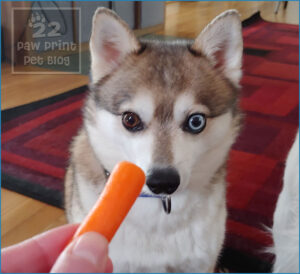 Knowing how many calories your dog needs a day can help you plan their meals. Did you know that many pet food companies overestimate the amount of food they tell you to give your pet each day? Pet food companies are, like any other company, out to make money. The more of their food your pet eats, the more often you will have to purchase their product. The more money they make!
Knowing how many calories your dog needs a day can help you plan their meals. Did you know that many pet food companies overestimate the amount of food they tell you to give your pet each day? Pet food companies are, like any other company, out to make money. The more of their food your pet eats, the more often you will have to purchase their product. The more money they make!
If you know how many calories your pet should be getting each day, you can calculate the amount of food to feed them according to their individual needs. Also, knowing how much food your pet should get a day can help you to determine and offset how many treats your pet gets. You don’t have to stop giving your pets treats. But if you give them a lot of treats one day you can make up for the extra calories in the treats by feeding less of your pets regular food.
So how do you determine how many calories a day your dog needs?
For a dog, the formula (Dogs body weight in kg X 30 + 70 = Daily calorie requirement) can be used to estimate your dogs resting energy requirement. This is how many calories your dog would need to maintain their current weight while at rest. 1 kilogram is 2.2 pounds. So a dog that weighs 20 lbs weighs 9.07 kgs. If we plug 9.07 kgs into the formula, we get 342.1. So a dog weighting 20 pounds needs about 342.1 calories a day, while at rest, to maintain his or her current weight. This is only a baseline, however, and does not take into account your dogs energy level.
To attempt to take into account your dogs energy level, you can multiple the number you get with the formula above by another number, as follows:
- X3 for a growing puppy up to 4 months old
- X2 for a growing puppy over 4 months old
- X1.6 for a fixed adult dog
- X1.8 for an intact adult dog
- X1.4 for an adult dog that is prone to obesity
- X1.0 if your dog actively needs to loose weight
- X2 for an adult working dog preforming light/moderate work
- X4 to X8 for an adult working dog preforming heavy work
So if we continue from the example above, lets say our 20 lb dog is a neutered adult. We would take the 342.1 calories we got above and multiply that by 1.6. That would give us 547.36 calories per day, taking into account the dogs energy level.
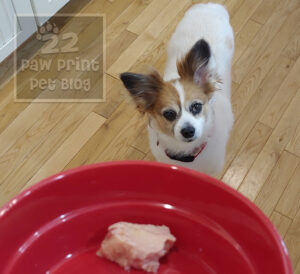 If you don’t want to do the math yourself, the Pet Nutrition Alliance has an online calorie calculator for adult dogs. It was designed for vets, so you’ll want to enter your pet’s info under the tab that says “patient”. Besides plugging in your dog’s weight and whether they are fixed, there is a slider you can use to indicate their current body condition. When I used this calculator, plugging in the info for a 20 lbs, adult neutered dog, I got a number slightly lower than the number I calculated here. The Pet Nutrition Alliance calculator estimated the same dog will need 514 calories per day. The number being slightly different isn’t a huge deal, however, because these numbers are…
If you don’t want to do the math yourself, the Pet Nutrition Alliance has an online calorie calculator for adult dogs. It was designed for vets, so you’ll want to enter your pet’s info under the tab that says “patient”. Besides plugging in your dog’s weight and whether they are fixed, there is a slider you can use to indicate their current body condition. When I used this calculator, plugging in the info for a 20 lbs, adult neutered dog, I got a number slightly lower than the number I calculated here. The Pet Nutrition Alliance calculator estimated the same dog will need 514 calories per day. The number being slightly different isn’t a huge deal, however, because these numbers are…
Only a Baseline
These calculators/formulas are a good place to start. But it’s hard to take into account every factor that will impact your dog’s caloric needs in a calculator. Dogs that are more active, young, pregnant or lactating, or kept in extreme temperatures will need more calories per day to maintain their weight. Dogs that have slower metabolisms, or are very lazy will, in general, require less calories.
Always keep an eye on your dog’s physical condition. If he/she starts to gain weight, you can reduce the amount of food per day. If the opposite occurs and your dog starts to lose too much weight, increase the amount of food you feed daily.
After you find out about how many calories your pet needs per day, you can calculate how much food to feed them based on the numbers on the back of your pets food bag. Pet foods should list calorie content in same way that human foods do.
How much you feed your pet should take into account many factors.
Keep a watchful eye on your pets waistline. There are a lot of factors that can influence how much food our pets’ need to maintain their weight. Calculating how many calories to feed them isn’t an exact science. An observant owner should notice when/if Fido is starting to get a little too ‘fluffy’. If you are unsure about what a healthy weight for your pet is, talk with your veterinarian. Stay proactive about your pets weight to prevent him/her from becoming part of the pet obesity epidemic.
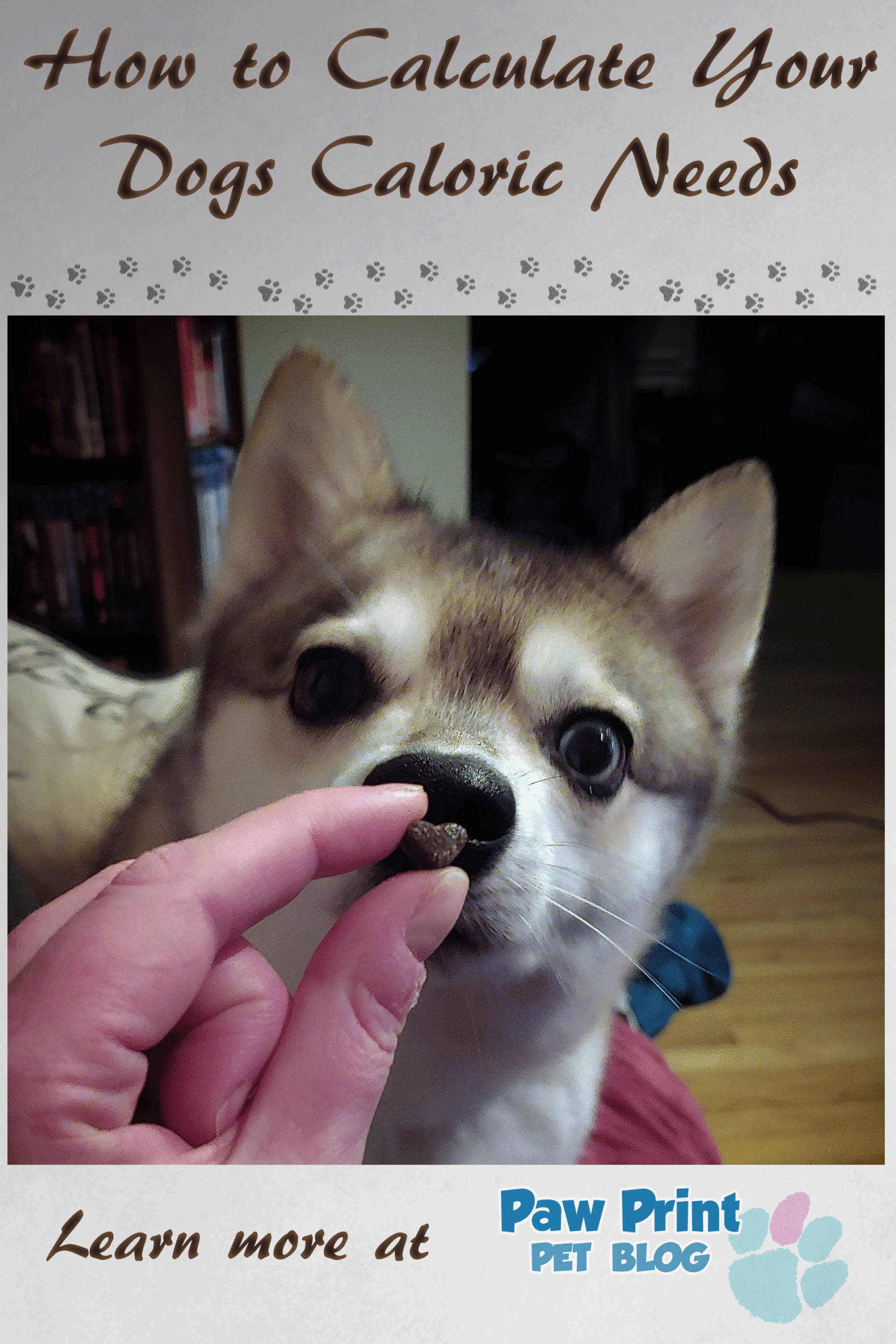

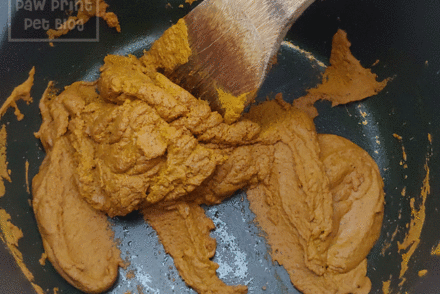
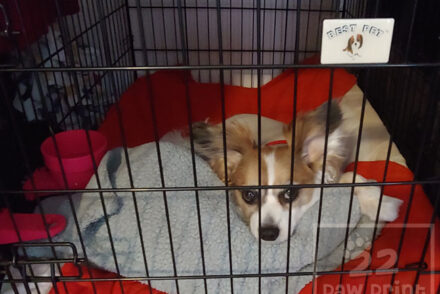
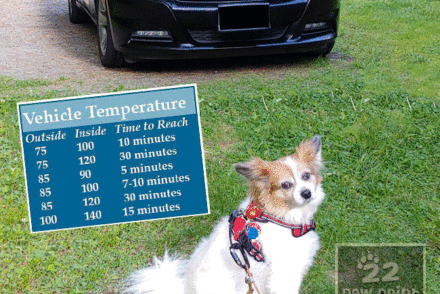

No Comments